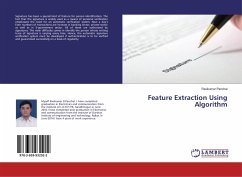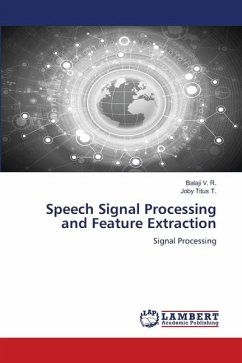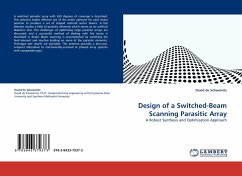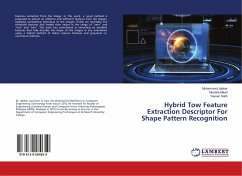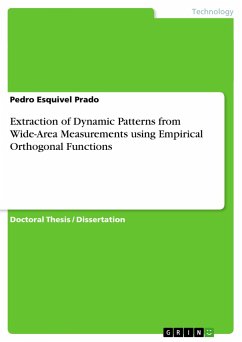
TESTING OF eSRAM USING MMC- Algorithm And Parasitic Extraction Method
Versandkostenfrei!
Versandfertig in 6-10 Tagen
37,99 €
inkl. MwSt.

PAYBACK Punkte
19 °P sammeln!
The intention of the book is to highlight core issues of current technology relevant to embedded SRAM, testing methods and need of new test requirements. The importance of March algorithms and in depth working including examples were clearly shown. The failures of existing March algorithms and hence the development of MMC- (Modified March C-) algorithm will increase the reader interest in exploring much more test algorithms required for e-SRAM. Above this, the testing method using Parasitic extraction of R & C developed using Cadence tools and Microwind is highlight of the investigations. The ...
The intention of the book is to highlight core issues of current technology relevant to embedded SRAM, testing methods and need of new test requirements. The importance of March algorithms and in depth working including examples were clearly shown. The failures of existing March algorithms and hence the development of MMC- (Modified March C-) algorithm will increase the reader interest in exploring much more test algorithms required for e-SRAM. Above this, the testing method using Parasitic extraction of R & C developed using Cadence tools and Microwind is highlight of the investigations. The layout level parasitic extraction of R&C method was applied on all possible SRAM fault models using 'bridge/short' created in electrical circuit environment. Using parasitic memory effect, fault detection dictionary was an outcome this research in which each fault model behavior is highlighted in terms of R & C at different technology nodes. The chosen technology nodes are 90nm, 120nm, and 180nm. This method was extended to few two cell fault models and discussed on coupling faults.



